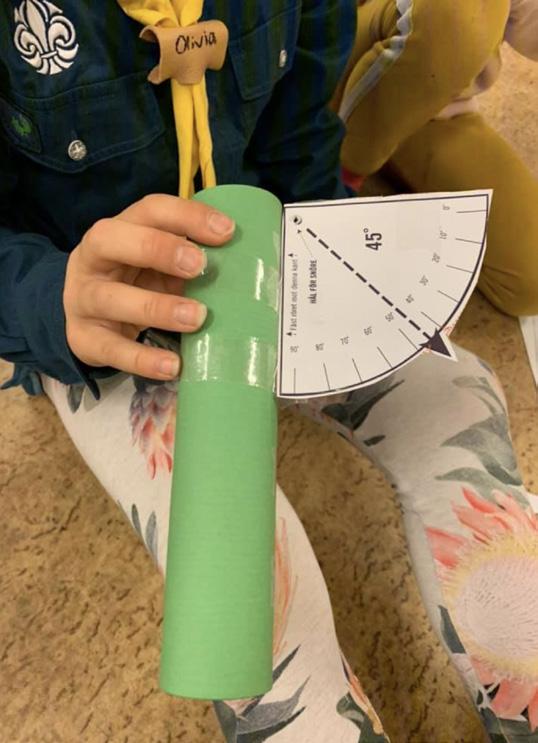Background and objectives LIGHT POLLUTION - A GROWING PROBLEM A growing number of people around the world live in cities or towns with lots of nighttime light in the form of street lighting, shop windows, fluorescent signs and illuminated buildings. This artificial light illuminates the sky making it difficult for us to see the stars. The phenomenon is called light pollution. Light pollution is a growing problem: Towns and cities are expanding, and more are being lit up. LED lights are becoming increasingly common, which reduces electricity consumpImage 2. Illustration: Hanna Mellin/VA tion, but makes the problem of light pollution worse. Darkness at night is becoming a scarcity in the world and is an environmental problem that needs to be taken seriously2. The effects of illumination at night on humans, plants, animal behaviour, ecology and biodiversity, are largely unknown, but it is something researchers are trying to learn more about. Studies undertaken by researchers show that both animals and plants are adversely affected by too much light at night3. Artificial lighting affects the biological clock of animals, their circadian rhythms, sense of direction and behaviour. Image 3. A moth attracted to outdoor lighting. Photo: Fir0002 from Wikipedia / CC BY-SA (http://creativecommons.org/licenses/by-sa/3.0/)
2 3
Kyba et al. 2017 Longcore & Rich 2004; Chepesiuk 2009; Gaston et al. 2013
6









